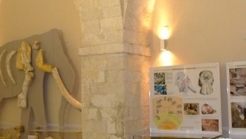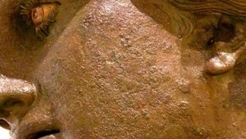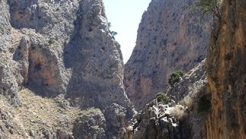

Greece
The Tegea Archaeological Museum is a place where the visitor can enjoy works belonging to the highest inspiration times of ancient Greek sculpture.
The Tegea Archaeological Museum is a place where the visitor can enjoy works belonging to the highest inspiration times of ancient Greek sculpture.
The Tegea Archaeological Museum was built between 1907-1908 in what was then known as Piali (now Alea) of Tegea. The purposes of the museum’s construction were two: a) to protect and exhibit all the important finings from the temple of Athena of Alea and b) to collect and safeguard all the ancient findings of Tegea’s land, which were laying around or stacked and not adequetly protected in small local archaeological collections.
Through the Tegea Archaeological Museum’s development, we can observe the efforts of the free Greek nation comcerning the rescue and exhibition of the local culture of Tegea.


The paleontological collection of the Municipality of Rethymnon, which consists of findings from excavations from all over the prefecture by German scientist Siegfired Kuss (University of Freiburg), will form the basis of the exhibition. The Goulandris foundation has been looking after this collection in collaboration with the University of Athens (Historical Geology and Palaeontology Faculty).


The Piraeus Archaeological Museum offers the visitor a complete image of the city’s history, which was marked by great sevelopment during the ancient times, both as a commercial center of the eastern Mediterranean, and also as a naval base of ancient Athens.


Continuing west of Anopolis on Sfakia, you will find Aradaina, a literally deserted village. A visit here to wander through the paths, the gardens and the half demolished stone houses which unfortunately the bridge couldn’t save from decay, is well worth it.
1039 Ε 6061 01515 00